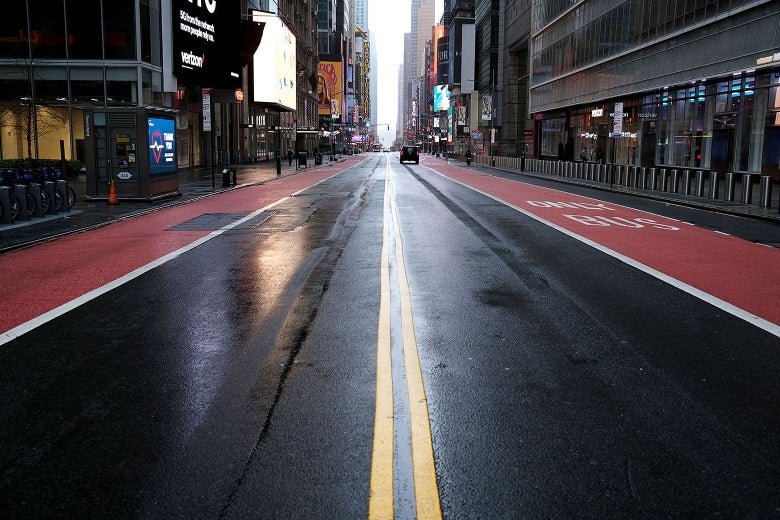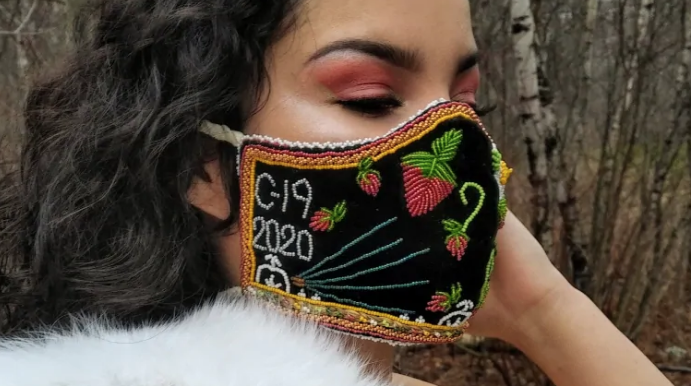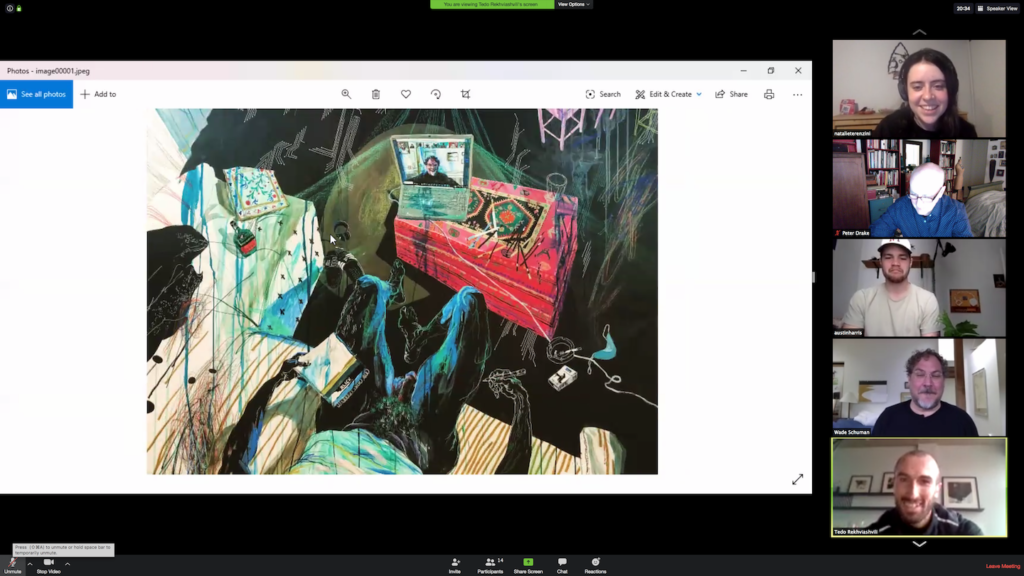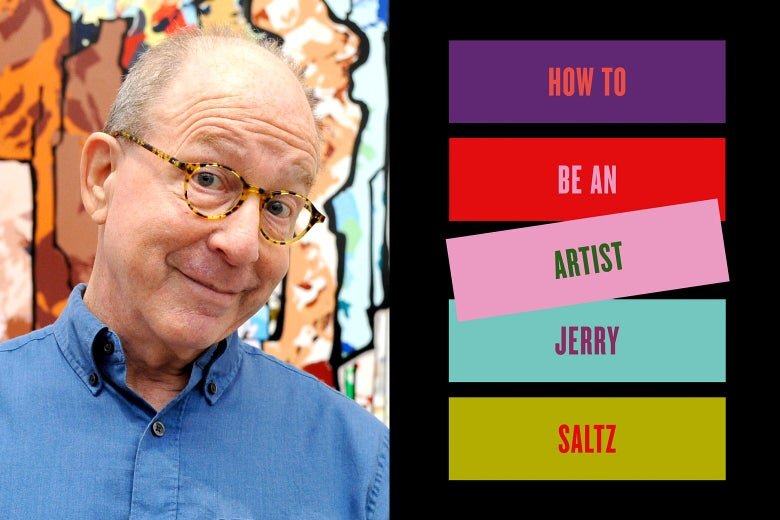I’m starting to think that all of us will soon be talking about, and thinking about, time and space as before and after the virus— kind of like another form of historic B.C. Like many of you, I have really been assessing and, quite frankly, been in complete gratitude for all of the things I took for complete granted even a few short months ago. Chief among them is travel. And yes, the privilege of flying to immerse myself in the art and culture of another place. Will we ever have the chance to move around the world in the same way again? What is lost? How will we adapt? My thoughts have been taking me to this place as I come to terms with the possibility of having to cancel a field school next summer, and perhaps field schools for many more summers to come. It is also weighing on me as I think about research and accessing archival materials and discovering new art, artists, and ideas. I am currently finishing writing a book chapter related to primary research I conducted exactly a year ago at the University of Nevada, Las Vegas. While the paper broadly deals with the influence of Vegas resort design, spatial aesthetics, and spectacle culture on current art world exhibitionary practices, I realize as I make my summaries and analyses that most of what I am writing is likely to be completely upended and made even irrelevant by the pandemic. How we think about art exhibition, public space, and even what constitutes a spectacle is likely not going to be the same. What will my research look like a year from now, five years from now, and how will it contribute to the after the virus conversation?
In this week’s round up, I am also noticing similar kinds of pondering and coming-to-terms with the profound changes we are already seeing in the art world. One of the questions has to do with what a post-pandemic architecture and city plan might look like, and another probes the relevance that art can have for frontline providers. I have included a timely podcast interview with Ai Weiwei and his thoughts regarding art’s new role in the wake of the pandemic, along with Jenny Holzer’s take on channeling outrage in these times. And yes, in the spirit of outrage, I have also included a link to Marina Abramovic’s New York Times editorial where she defends herself against Covid-19 conspiracy theorists who mistake her performance art for satanic ritual. I am sad at so much of what I am reading on my feed, but I know we are all experiencing a form of collective grief. Some silver linings are needed, as we are resilient humans that can adapt, and they are present in a few of my picks as well, including the question of how remote teaching can make us more human, how MFA shows can force new kinds of projects, and even how a face mask can be personalized by traditional Indigenous crafters. Hanging in there…. I hope you are doing the same.










What Relevance Can Art Have for Frontline Providers Right Now?
A Collapsing Art Market Will Hurt Underrepresented Artists the Most.
Marina Abramovic Just Wants Conspiracy Theorists to Let Her Be
Jenny Holzer on How Artists Can Use Outrage to Expose the Hypocrisies of Our Time
Traditional crafters Indigenizing face masks during COVID-19 pandemic
The Art Angle Podcast: Ai Weiwei on the Coronavirus, China, and Art’s New Role (PODCAST)



















